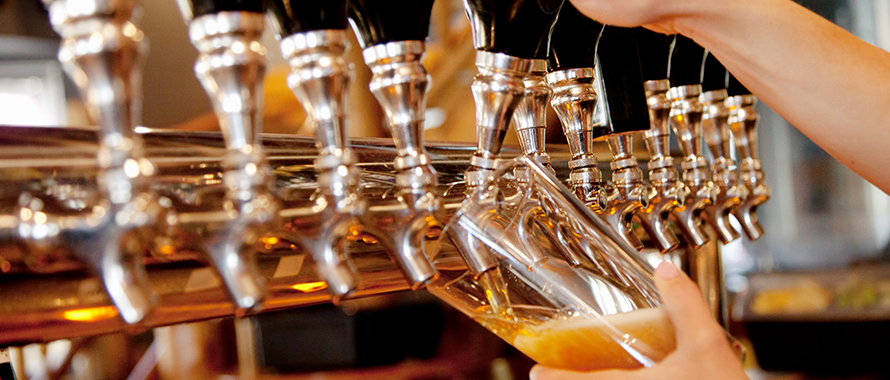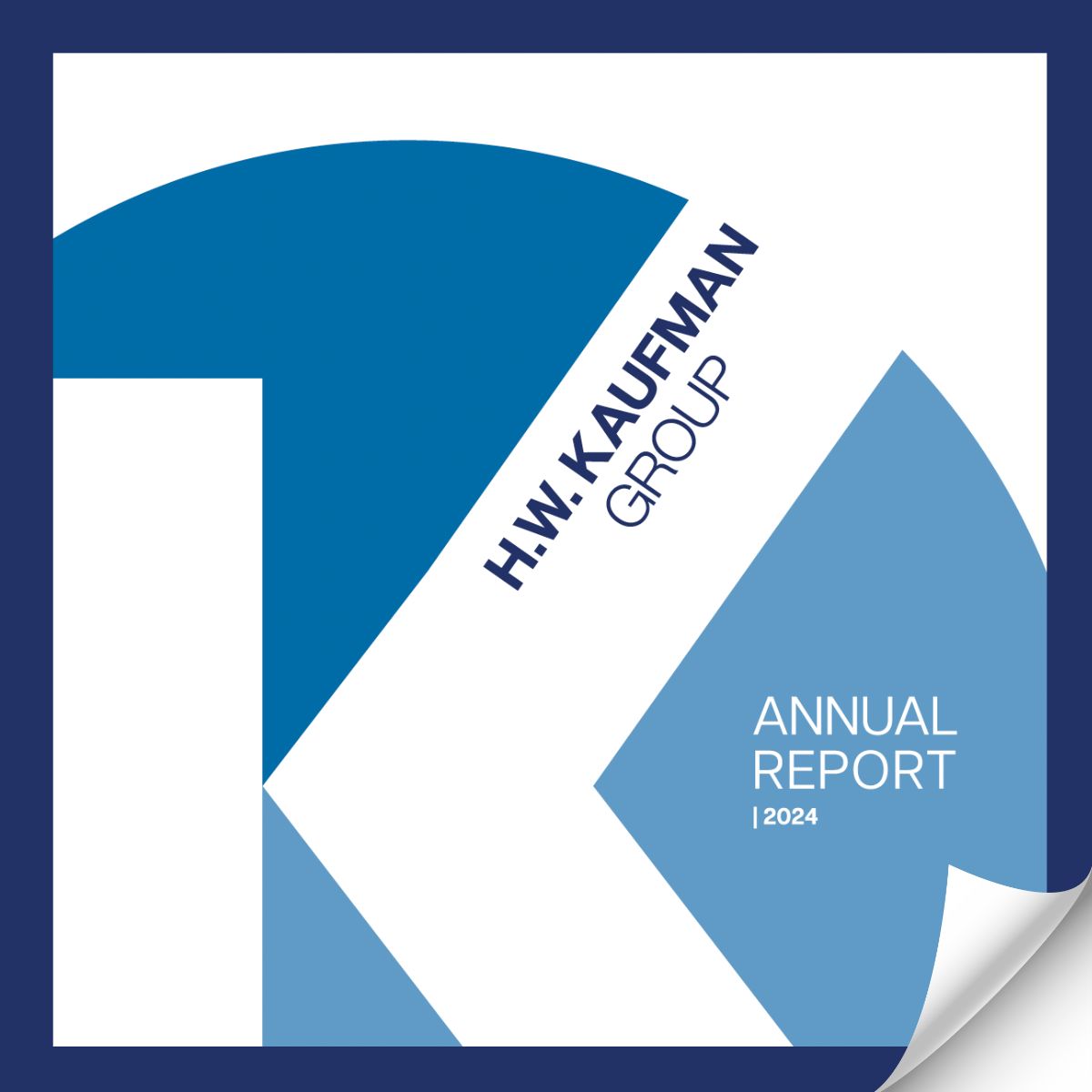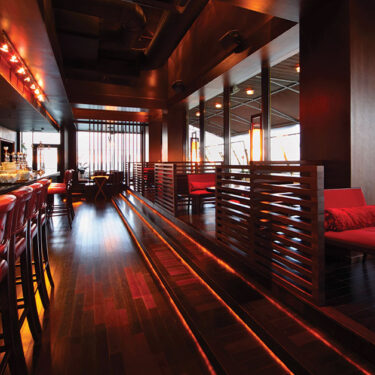While everyone is Irish on March 17, nearly 40 million residents in the U.S. and more than 4 million in Canada actually claim Irish heritage. These Irish descendants, actual and adopted, make St. Patrick’s Day a highly profitable occasion for bars and restaurants.
The holiday’s popularity is rising, according to the National Retail Federation: Americans spent nearly $6 billion last St. Patrick’s Day. That is nearly double the $3.3 billion they spent on the holiday in 2009.
WalletHub predicts $5.6 billion will be spent on St. Patrick’s Day this year, noting the holiday is the fourth most popular “drinking day” of the year in the U.S. Also, an estimated 13 million pints of Guinness will be consumed worldwide on March 17.
But the St. Patrick’s Day tradition of drinking to excess exacts a toll: between 2012 and 2016, 269 people in the U.S. tragically lost their lives to drunk driving on the holiday, according to data compiled by the National Highway Transportation Safety Administration. In 2016, drunk driving accounted for 39 percent of all traffic fatalities on St. Patrick’s Day and 69 percent the day after, more than double that year’s daily average of 28 percent.
Statistics like these illustrate the seriousness of St. Patrick’s Day risks facing businesses that serve alcohol. Such risks necessitate staff training and special protocols to effectively manage patrons’ consumption, said Tyson Peel, National Property and Casualty Director, Burns & Wilcox Canada, Toronto, Ontario.
Avoiding overserving alcohol is an everyday challenge for bar and restaurant owners, but the issue is heightened on St. Patrick’s Day, when establishments are at capacity from open to close and many patrons occupy the same table or bar stool for hours on end.

It’s the responsibility of the bar to take measures to control what’s happening in its space.
According to Peel, St. Patrick’s Day is one of the best examples of why Liquor Liability Insurance is critical.
“It’s the responsibility of the bar to take measures to control what’s happening in its space,” Peel said. “In many cases with liquor it does go back to patrons who have been overserved being the responsibility of the business serving alcohol. That’s a real danger.”
Businesses that serve alcohol are at risk of being blamed for deaths and catastrophic injuries related to patrons’ intoxication. Last St. Patrick’s Day a woman in suburban Detroit died from falling down the stairs at home following an afternoon of drinking at a local bar. In Columbia, South Carolina last year, three men were shot and injured just before 2 a.m. on March 18 in the city’s Five Points district, a popular entertainment spot. And a St. Patrick’s Day bar fight in 2003 resulted in the death of a 45-year-old man who was struck in the head with a pool cue in a Cypress, Calif. establishment.
Liquor Liability Insurance is an important part of the risk management plan for any entity that holds a liquor license, said Devon Minarik, Managing Director, Burns & Wilcox, Baltimore, Maryland. Additionally, best practices should be followed, such as checking the identification of patrons 35 or younger and formally training staff to avoid overserving and effectively handle intoxicated customers.
“(Liquor Liability) can be a smart and very affordable form of risk transfer,” Minarik said. “Insurance brokers and agents can help identify risks that could negatively impact business operations and present options for mitigating that exposure.”
Liquor Liability offers protection for a wide range of potential liabilities
Liquor Liability Insurance is only available to commercial entities or individuals with a valid liquor license, Peel said. These businesses may be mandated to implement formalized third-party training, such as Smart Serve in Canada or TIPS in the U.S. Both training systems provide responsible alcohol beverage service and alcohol awareness guidelines for waitstaff. These and similar certification programs can help improve a business’ risk profile while also providing other practical benefits for anyone serving alcohol.
In North America, Liquor Liability Insurance can be a stand-alone, a packaged policy or an endorsement of a Commercial General Liability (CGL) policy. It is common for a policy to be written with limits of $2 million to $5 million per occurrence, Peel said, although many chain establishments purchase coverage with limits above those levels.
Policies cover bodily injuries or property damage to a third party on the premises where beer or liquor is legally served. They also cover injuries or property damage elsewhere caused and/or suffered by a patron who became intoxicated on the premises if the business is judged liable for overserving or failing to provide the patron with safe transportation, Peel said. Motor vehicle accidents and physical altercations are the most common causes of alcohol-related injuries and fatalities, he added.
“We’ll see cases of overcrowding, especially on drinking holidays like St. Patrick’s Day,” Minarik said. “This can lead to an increased likelihood of (fights), patron obstruction of exits and other issues.”
A Liquor Liability policy will generally cover legal costs to defend such charges, Peel said. It will pay for first-person injuries as well, such as those sustained by an inebriated patron during the process of forcibly ejecting him or her from a restaurant. Many accidental injuries are also covered. Businesses should check with their insurance broker to confirm that forcible ejection hasn’t been excluded from their policy, Peel said.
Liquor Liability can also cover the cost of lawyer’s fees, settlements, judgments and even punitive damages in some jurisdictions, Minarik said.
“You might have a situation where multiple bars are drawn into a lawsuit if the person in question was drinking at more than one place,” Peel said. “In these cases several (restaurants) that served the person alcohol may have to each make separate claims on their own policies.”
Liquor Liability generally does not cover injuries to restaurant or bar employees because of an alcohol-related incident, Peel said. Such injuries will be covered by the business’ Workers Compensation Insurance.
Coverage costs and availability impacted by various factors
As with any insurance, an establishment’s history will determine the cost and availability of Liquor Liability policies, said Jack Swerdlin, Commercial Broker, Burns & Wilcox Brokerage, Atlanta, Georgia. A business that has made numerous claims on its policy, or has multiple incidents of alcohol-related property damage or bodily injury, may not be eligible.
“You need to have a documented process for training your employees,” Swerdlin said. “If you don’t, or if you have a history (of multiple insurance claims), you may not be able to get a policy renewed.”
Claims history, the location of a business, its capacity, number of employees and its total gross receipts can all impact its annual premium. The percentages of revenue attributed to food versus alcohol can also affect a Liquor Liability premium.
“If more than 25 to 30 percent of your revenue is a result of liquor or beer sales, you may be viewed as a bar in your state, which could impact the amount of coverage you need,” Swerdlin said.
If more than 25 to 30 percent of your revenue is a result of liquor or beer sales, you may be viewed as a bar in your state, which could impact the amount of coverage you need.
Many states have passed Dram shop laws, which simply impose liability for bodily injury or property damage caused by intoxicated persons upon the businesses that serve them, Minarik said. A handful of states have more lenient laws related to the social responsibility of venues serving liquor.
“Jurisdiction has a huge impact in how liquor liability is applied and understood,” Minarik said. “Your potential liability will definitely be higher in some states. Even if you’re in a state where the laws may not be as stringent (for businesses with a liquor license) all it takes is one incident, such as you might experience on St. Patrick’s Day (to incur significant costs due to liability).”





